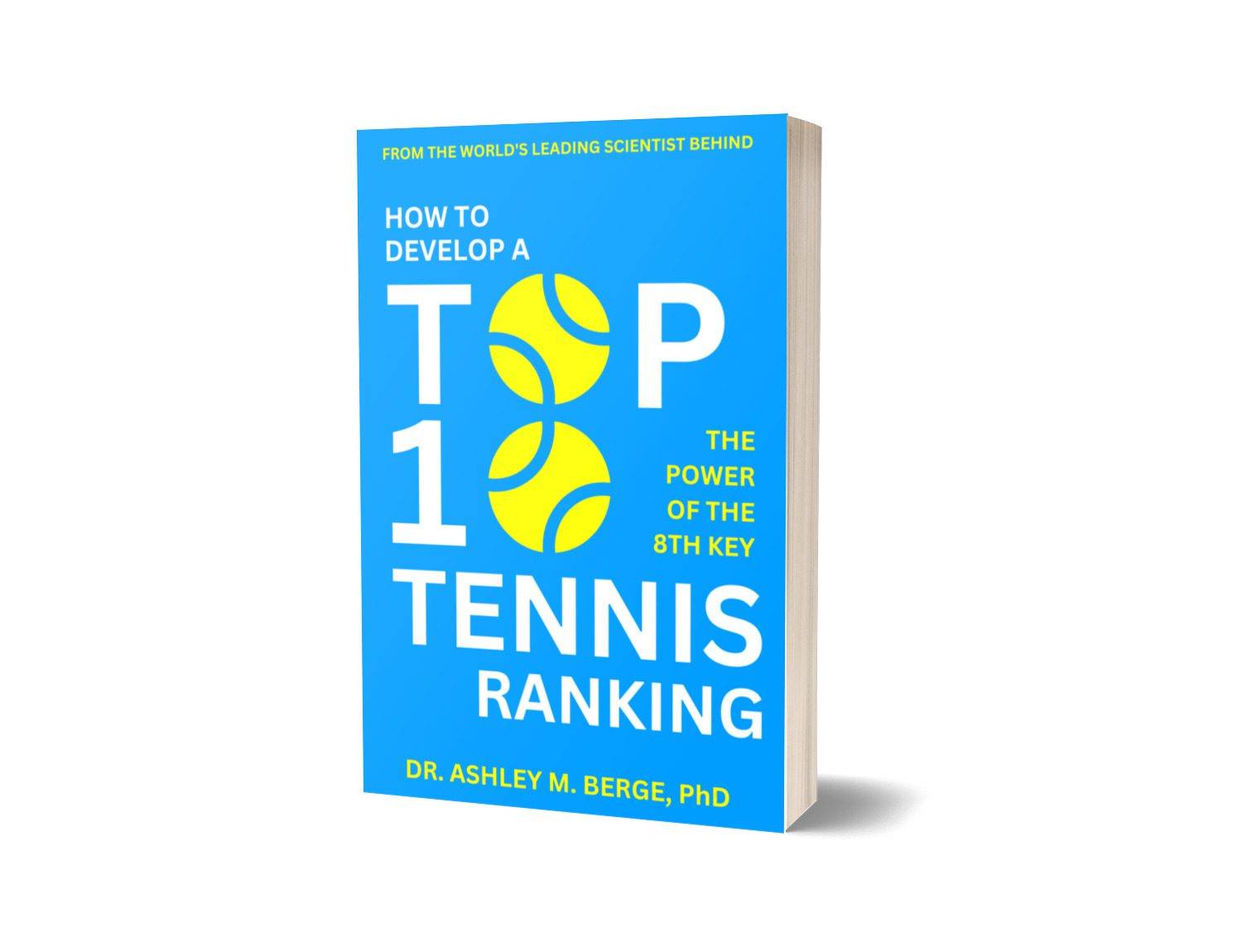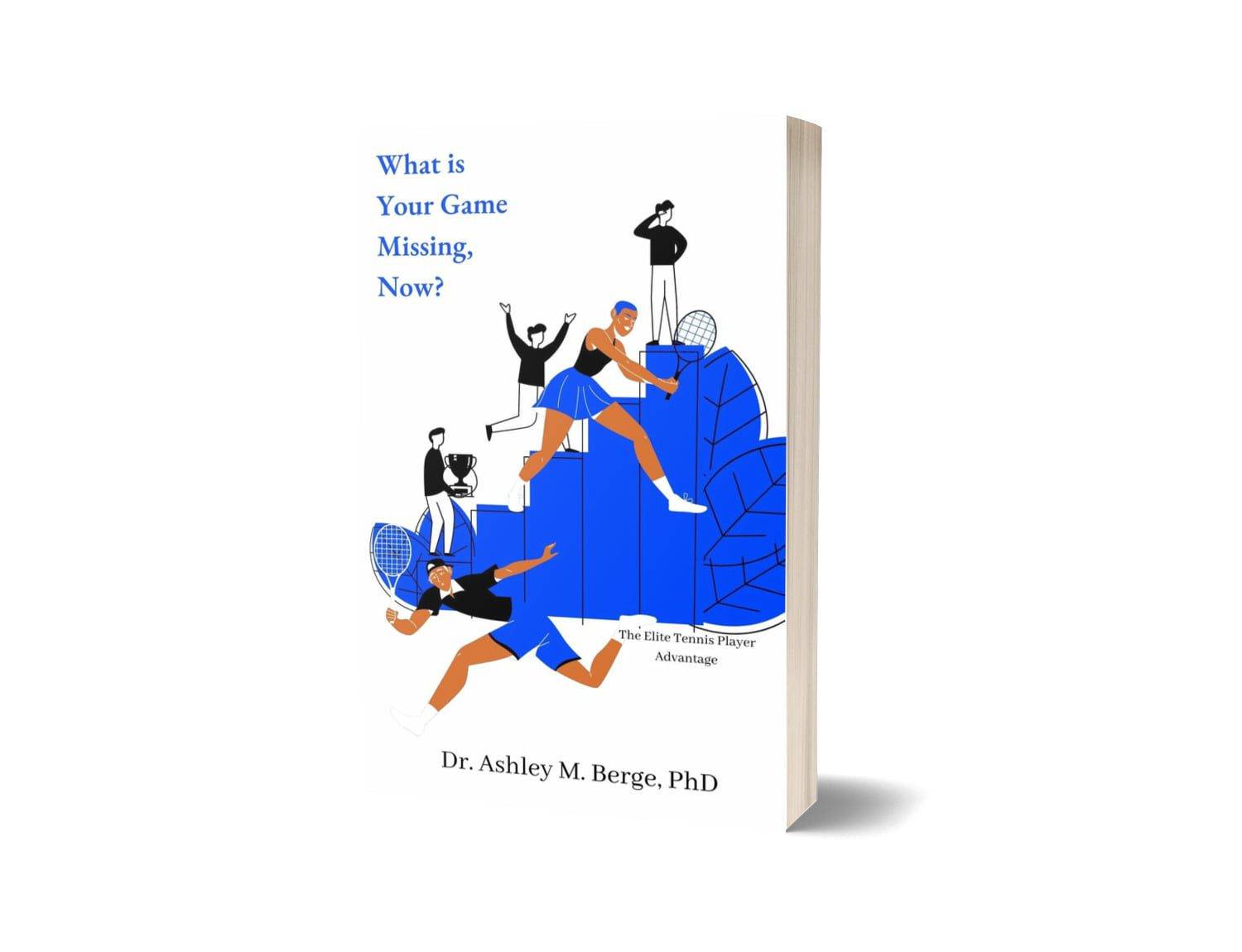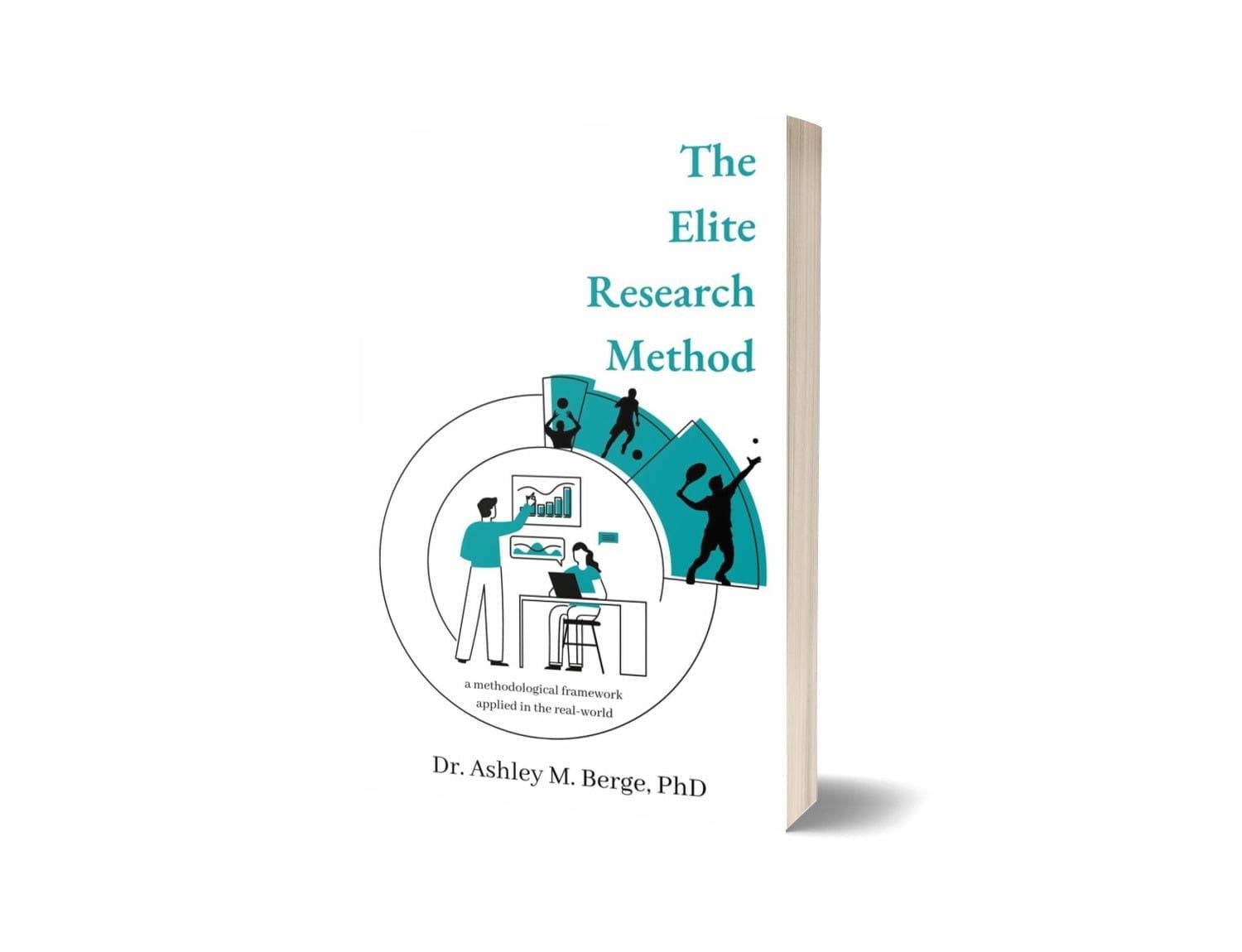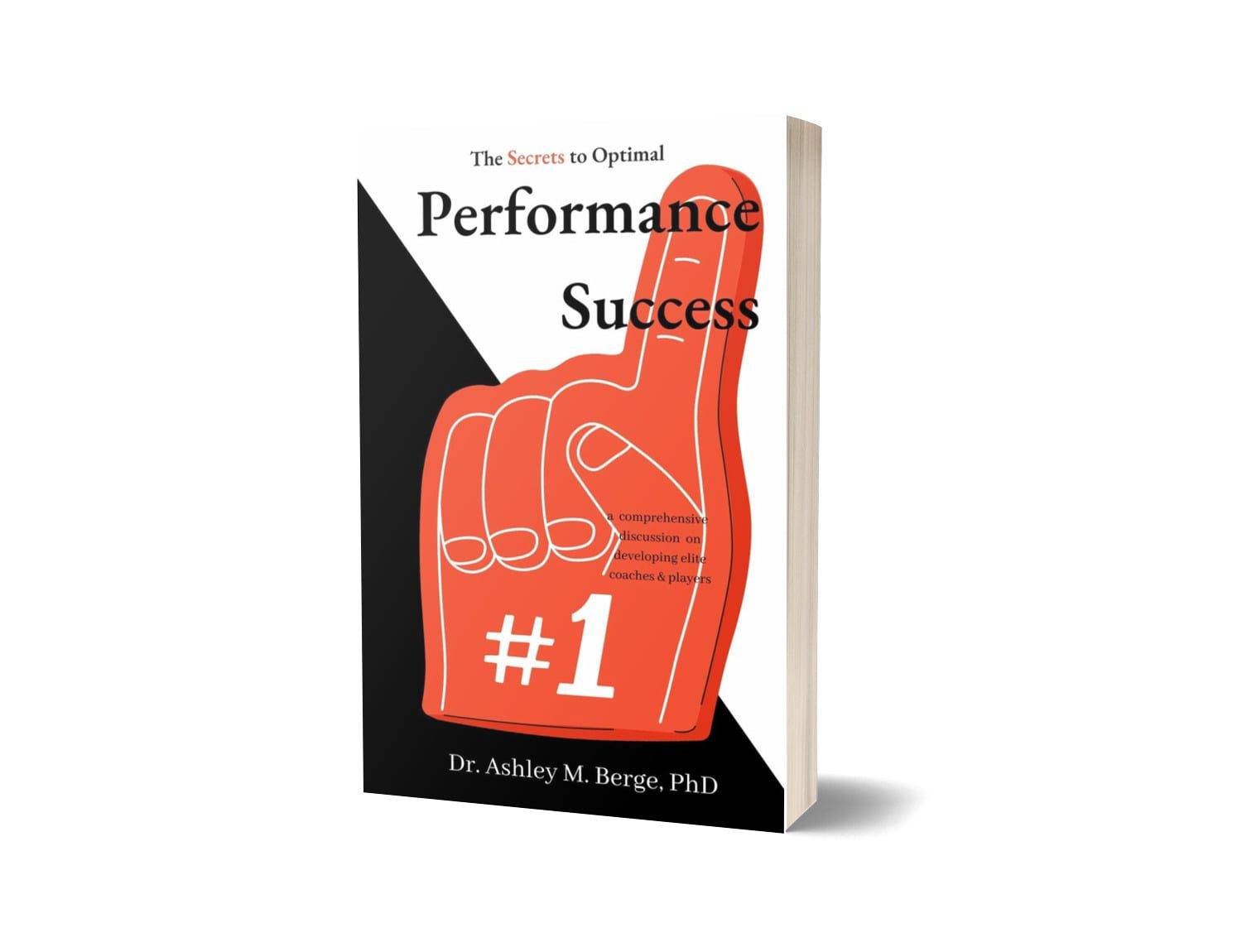
Introduction: Data, Weather, and Building Tennis Champions
(00:00 – 06:30)
Dr. Ashley M. Berge opens the episode by establishing an engaging analogy between data analysis in tennis and the role of a weatherman. Just as meteorologists forecast weather patterns without needing to be amidst storms, Dr. Berge explains how her data-driven approach allows her to understand and predict how to build the best players in the world without being physically present with them during their training or matches.
This analogy emphasizes that by leveraging extensive data, she can identify the conditions necessary for success, similar to how weather forecasts are made based on data analysis. She extends this analogy to the Mars and moon, where scientists use collected data to make predictions about environmental conditions without being on the ground. Dr. Berge’s analytical methods enable her to determine potential outcomes for Grand Slam victories, supporting her in crafting tailored strategies for her players.
Theme 1: The Role of Data in Building Champions
(06:31 – 15:20)
Dr. Berge elaborates on how data analytics has revolutionized the way she and other professionals approach player development. She emphasizes that her data-driven approach isn’t just about collecting stats but using them in real-time to fine-tune a player’s performance.
For example, one of her players in the Top 5 has undergone significant transformation by focusing on very detailed aspects of their game that were highlighted through data analysis. By adjusting specific techniques like footwork and court positioning, the player was able to improve their efficiency on the court, leading to a noticeable boost in their tournament results.
She stresses that the ability to break down the data and focus on granular details—whether it’s the number of unforced errors in a match or how a player’s body moves during a rally—has been key to consistently pushing players into the Top 10 rankings.
Theme 2: Data, Strategy, and Match Planning
(15:21 – 25:40)
One of the core elements of Dr. Berge’s coaching method is how data informs pre-match strategies. She explains how a data-backed plan can influence every aspect of a player’s preparation, from warm-up routines to how they approach the first serve of the match.
In particular, she highlights the case of a Top 10 player who used this detailed pre-match preparation to adjust their strategies based on the opponent’s known weaknesses. The player’s ability to mentally rehearse match scenarios, with the help of detailed data, helped them make quick decisions on the court and exploit their opponent’s vulnerabilities.
Additionally, post-match data reviews are equally critical. Dr. Berge notes that after a match, data is dissected to evaluate how well the pre-match plan was executed and where further adjustments could be made. This cycle of planning, execution, and review creates a continuous improvement loop that has been integral to her players’ success.
Theme 3: The Impact of Environmental Factors on Performance
(25:41 – 35:05)
Dr. Berge continues by discussing the profound effect that environmental factors—such as heat, humidity, and wind—have on match outcomes. Drawing from data collected over the years, she explains how certain players perform better in specific weather conditions and how she uses this information to help them prepare for tournaments.
For instance, a Top 5-ranked player who excels in hot conditions was specifically trained for endurance in these environments, using data that tracks heart rates, hydration needs, and recovery times. This approach ensures that the player is not only physically prepared but also mentally conditioned to maintain focus during longer matches in grueling conditions.
Conversely, some of her players have struggled in windy conditions, where the trajectory of the ball can be unpredictable. Dr. Berge’s data-driven adjustments—such as tweaking serve angles and movement patterns—have enabled these players to mitigate the effects of wind on their game.
Theme 4: The Mental Game and Data’s Role in Psychological Preparation
(35:06 – 45:30)
Psychological preparation is a recurring theme in Dr. Berge’s work. She underscores the critical role that mental conditioning plays, especially at the highest levels of the sport, where matches are often won or lost due to mental resilience. She uses data analytics to help players understand the mental aspects of their game, focusing on areas like decision-making under pressure and maintaining focus during long rallies.
One of her Top 10 players significantly benefited from this approach by analyzing their stress responses during matches. Through the data, they identified moments when they were likely to lose focus and made strategic mental adjustments to stay in control during pivotal points.
Theme 5: Recovery and Injury Prevention through Data
(45:31 – 55:00)
Injury prevention and recovery are key topics in the episode. Dr. Berge explains how data-driven monitoring systemshelp in both preventing injuries and ensuring that players recover optimally. By tracking metrics such as muscle fatigueand joint stress, her team is able to prevent overtraining and provide tailored recovery plans for each player.
She references how one of her Top 10-ranked players was able to avoid a potentially career-threatening injury by adhering to a data-monitored recovery protocol. This approach allowed the player to return to competition without the risk of re-injury, illustrating the power of data in protecting an athlete’s career longevity.
Theme 6: Customizing Training Programs for Different Playing Styles
(55:01 – 1:05:00)
Dr. Berge emphasizes that there is no one-size-fits-all when it comes to training elite athletes. She discusses how data enables her to create highly customized training programs for players with varying playing styles. For example, aggressive baseline players have different physical and tactical needs compared to serve-and-volley players, and data helps highlight these differences.
A Top 10 player, known for their defensive style, benefited from data that pinpointed specific areas for improvement in footwork and reaction times. By focusing on these details, the player was able to enhance their defensive game and transform defensive rallies into offensive opportunities more efficiently.
Theme 7: Real-Time Data and In-Match Adjustments
(1:05:01 – 1:12:00)
Another innovative aspect of Dr. Berge’s approach is her use of real-time data to make in-match adjustments. Players are now able to receive feedback mid-match based on the data collected during the game. This allows for dynamic changes in strategy, which can shift the momentum in their favor.
For example, a Top 5 player was able to change their approach during a Grand Slam match based on data showing that their opponent had a weaker backhand on high balls. By targeting that weakness, they were able to gain an advantage and win crucial points.
Theme 8: Future of Data in Tennis
(1:12:01 – 1:18:00)
Dr. Berge looks ahead to the future of tennis and the increasing role that data analytics will play in the sport. She envisions a world where data becomes even more integrated into every aspect of the game—from training and recovery to match strategy and mental conditioning.
She highlights the potential for advanced data models to predict not only match outcomes but also career trajectories, enabling young players to maximize their potential early on. As technology continues to evolve, data will become an even more critical tool in identifying and developing future champions.
Theme 9: The Intersection of Data and Sports Science
(1:18:01 – End)
At the end of the episode, Dr. Berge delves into the importance of sports science and its integration with data analytics to enhance player performance. She explains how understanding the biomechanics of each player’s body, combined with scientific principles, leads to more efficient training methods. This approach helps athletes maximize their potential while minimizing the risk of injury. Dr. Berge emphasizes that sports science is not just about physical training but also about refining techniques and recovery protocols, which is pivotal in creating Grand Slam champions.
References
- Player A – Top 5 ranking.
- Player B – Top 10 ranking.
- Player C – Top 10 ranking.
- Player D – Top 5 ranking.
- Player E – Top 10 ranking.
- Player F – Top 5 ranking.
- Player G – Top 5 ranking.
- Player H – Top 10 ranking.
- Player I – Top 10 ranking.
Note: you just read an automated summary of episode #126 — if you found this helpful and/or pieces were not as accurate as you’d like, please let us know and be mindful that intermittently these automated summaries will be shared for those of you who seek a quick snapshot of our episodes.
To learn more about our data, predictive analytics and how to optimise your own performance, head on over to AM8 International. To learn more about AM8 International check out our selection of Books and/or options to join Dr B’s Pack to gain exclusive access to the best in the world. Not quite ready? Head on over to Beyond Top 10 Tennis for free access to 100+ episodes directly from Dr Berge of what it really takes to win multiple Grand Slams to securing that Top 10 tennis ranking with new episodes each week. More? Join Dr Berge’s Newsletter on Substack, come say “hi” on Topicthread, BlueSky, X, YouTube or Instagram that may very well include quick snippets you can apply in your game, today, or even consider leaving a review on Amazon or Google.




















